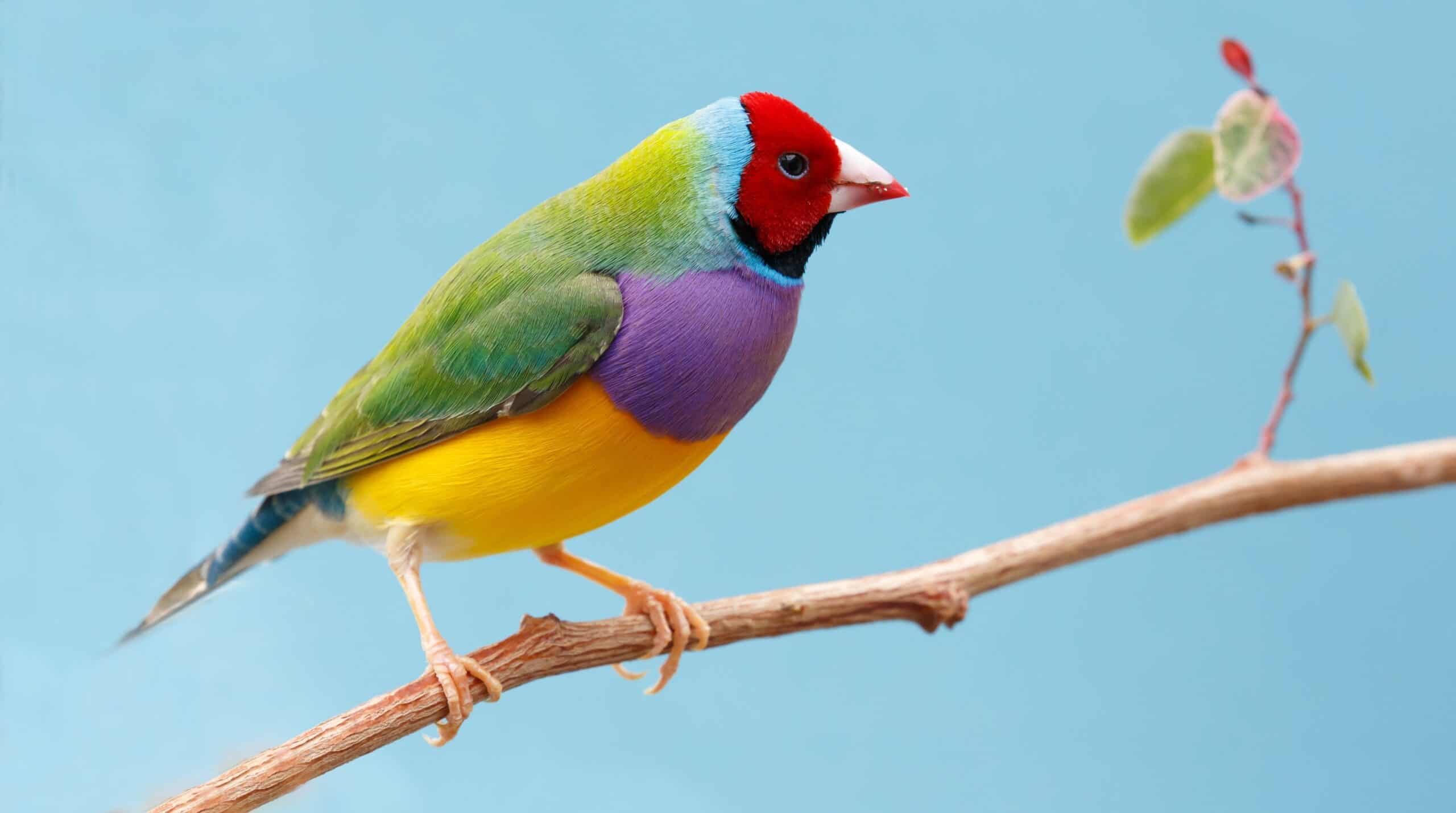In a rapidly globalizing world, there are still numerous isolated communities who maintain their traditional ways of life, far removed from modern society. These groups, spread across different continents, live in harmony with their natural environments and preserve ancient customs, languages, and practices. The following list explores some of the most isolated peoples in the world, highlighting their unique lifestyles, the challenges they face, and the efforts being made to protect their cultural heritage.
Jarawa

The Jarawa people also reside in the Andaman Islands, maintaining minimal contact with outsiders. They rely on hunting, fishing, and gathering for sustenance. Despite occasional interactions with the modern world, they prefer seclusion to preserve their culture. Encroachment and disease from contact pose significant threats to their community. Government measures aim to protect their territory and way of life.
Yanomami
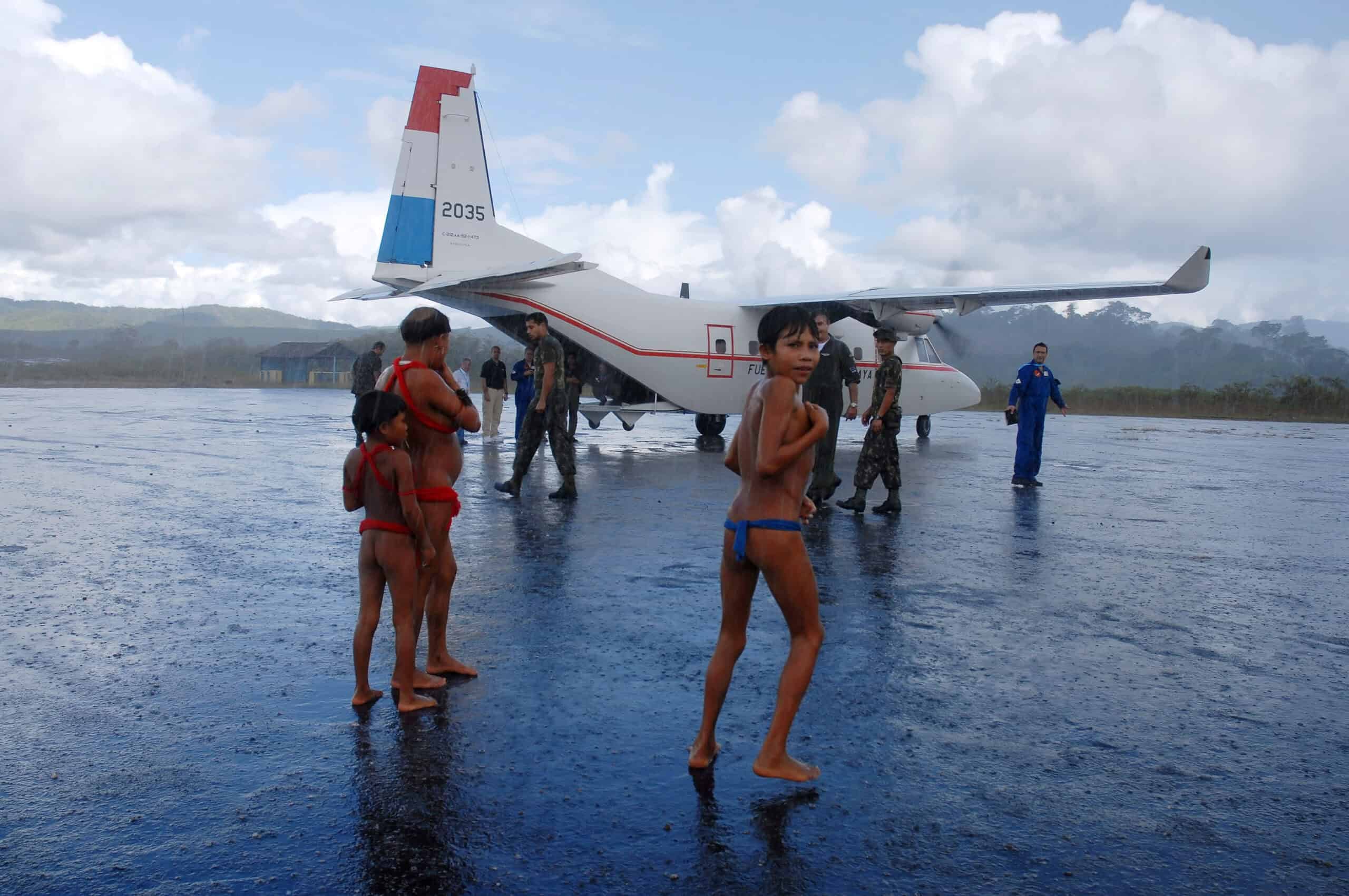
Found in the Amazon rainforest, the Yanomami are among the largest isolated tribes in South America. Their society is composed of small, scattered villages with a deep knowledge of the jungle. They practice shifting cultivation, hunting, and gathering. Gold mining and deforestation threaten their habitat and health. Efforts are ongoing to safeguard their land and traditional practices.
Korowai
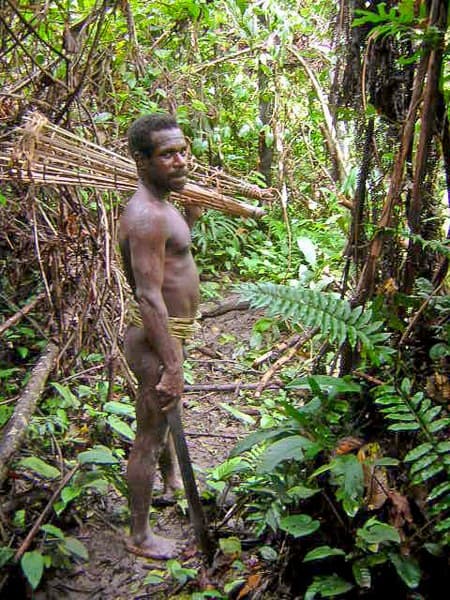
The Korowai of Papua, Indonesia, live in treehouses high above the forest floor. Their unique dwellings protect them from floods and rival tribes. They are skilled hunters and gatherers, with a diet rich in sago, a staple extracted from palm trees. Western contact has been minimal, allowing them to retain many traditional customs. Recently, however, tourism and logging have begun to affect their environment.
Moken
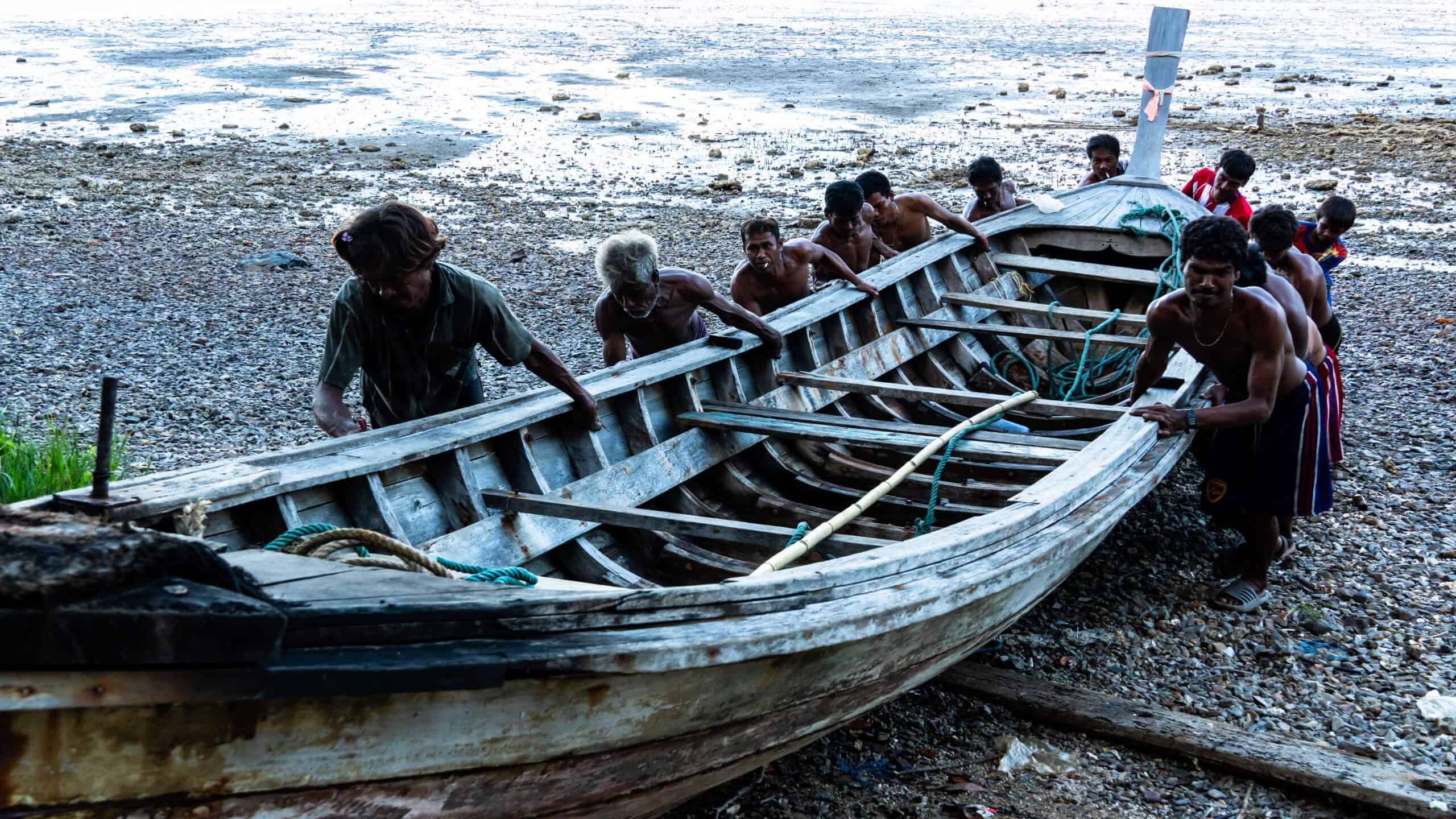
Known as “sea gypsies,” the Moken people navigate the waters of the Andaman Sea between Myanmar and Thailand. They live on their boats for much of the year, relying on the sea for food and resources. Their intimate knowledge of marine life is unparalleled, passed down through generations. Increasingly, modern development and policies threaten their nomadic lifestyle. Conservation efforts seek to balance their needs with environmental protection.
Ruc

The Ruc people inhabit the remote regions of Vietnam’s Quang Binh province. They live in caves and small settlements, practicing subsistence farming and foraging. Their language and customs are unique, with little influence from outside cultures. Government programs have attempted to integrate them into modern society, often with mixed results. Preserving their traditions remains a delicate balance with development.
Batak
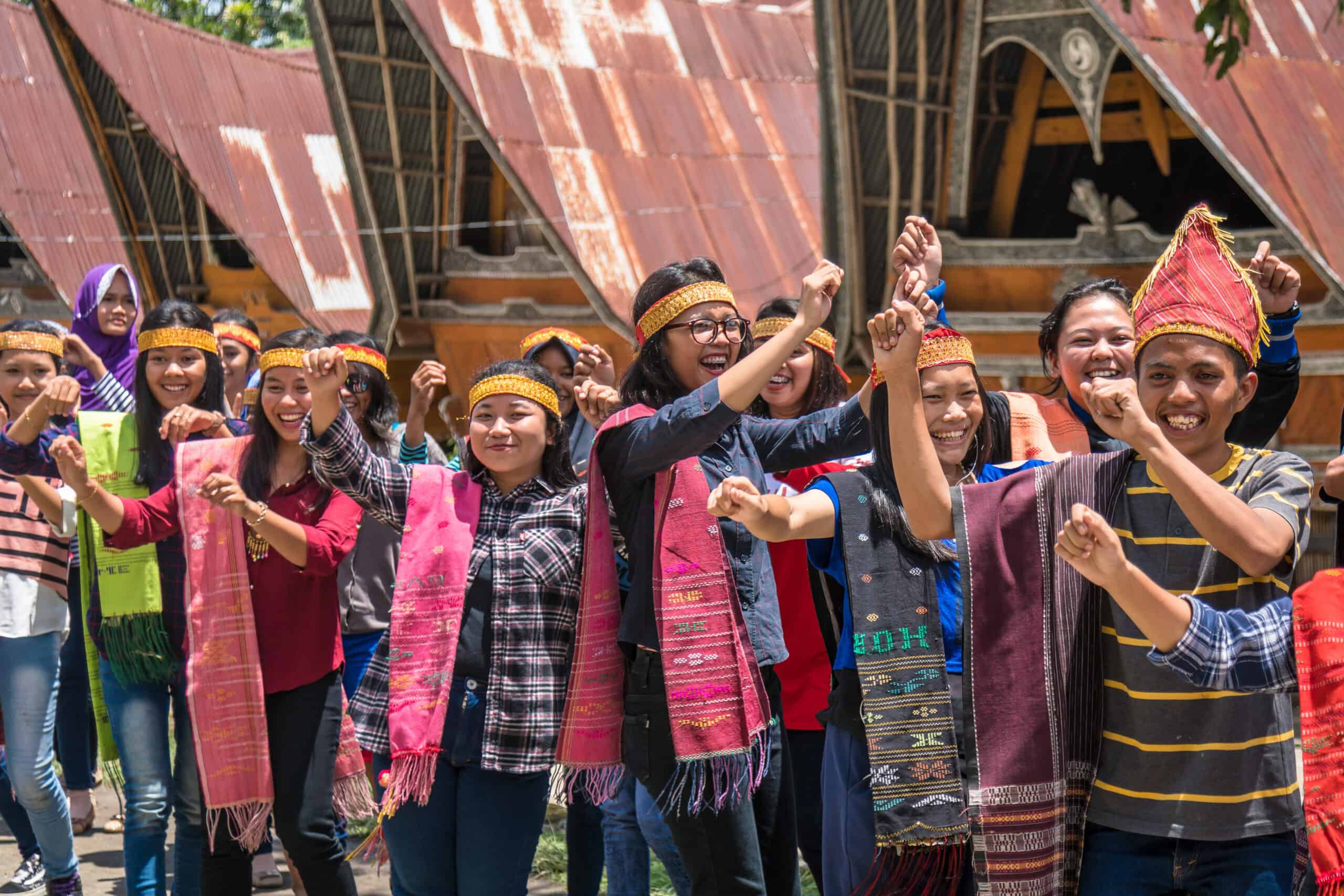
The Batak of the Philippines are a small, isolated group living on Palawan Island. They depend on hunting, gathering, and small-scale farming for survival. Their knowledge of the forest and its resources is extensive. Encroachment from settlers and deforestation pose significant threats. Preservation of their culture and land rights is a pressing issue for advocates.
Himba
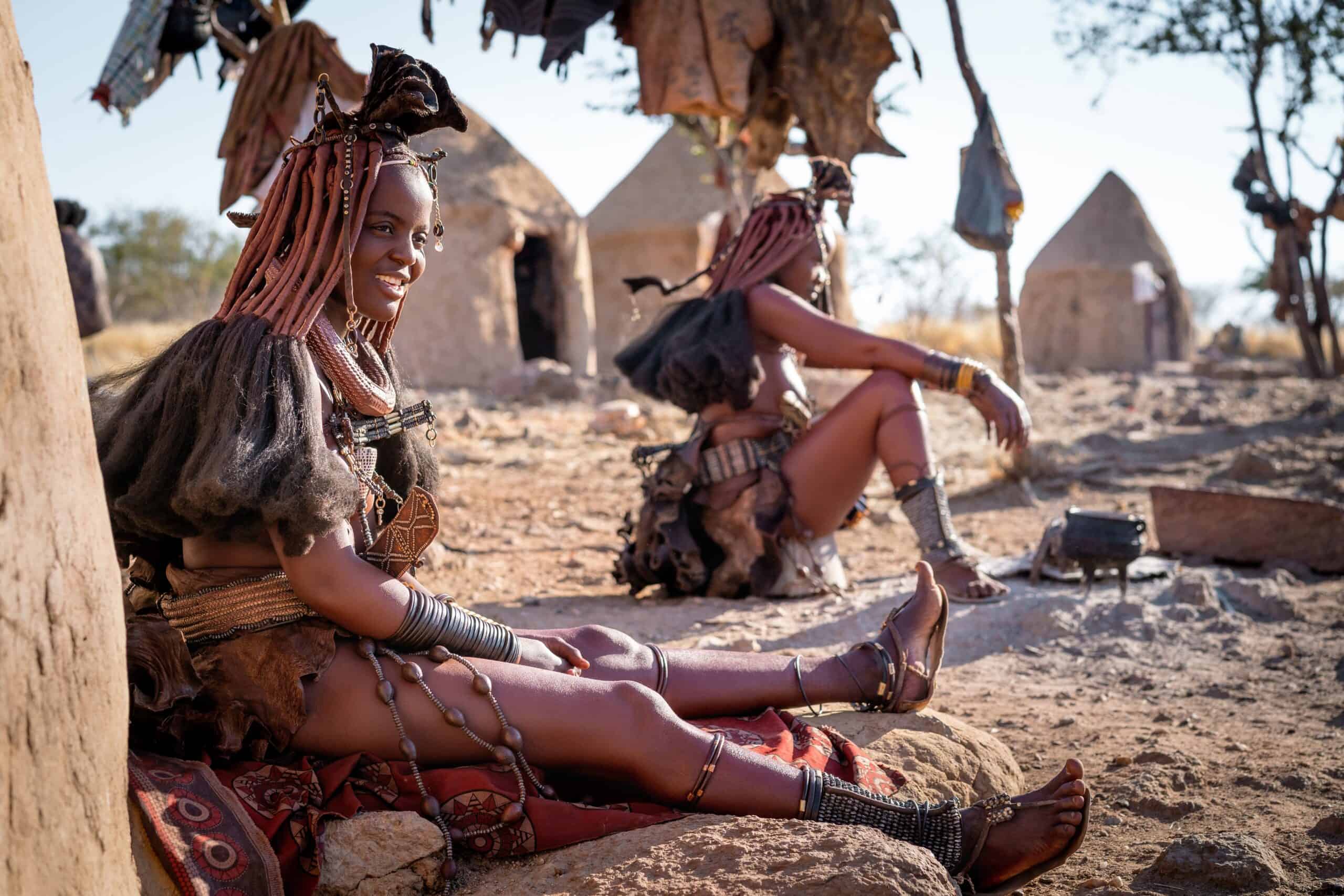
The Himba people of Namibia are semi-nomadic herders, known for their distinct red ochre body paint. Their lifestyle revolves around cattle herding and seasonal migration. Despite some exposure to tourism, they maintain many traditional practices. Access to modern amenities is limited, preserving their cultural heritage. Environmental changes and land disputes challenge their way of life.
Nukak
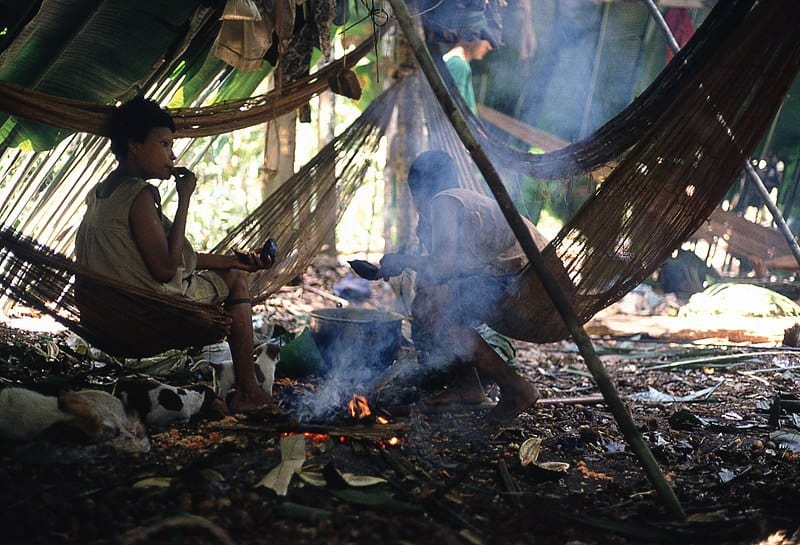
The Nukak of Colombia’s Amazon basin live a nomadic existence, moving frequently within the rainforest. They rely on hunting, fishing, and gathering, with a deep knowledge of their environment. Contact with the outside world has brought diseases and displacement. Advocacy groups work to protect their territory and health. Their traditional lifestyle faces constant threats from modern encroachment.
Penan

The Penan of Borneo are a nomadic group, living in the dense rainforests of Sarawak, Malaysia. They practice a hunter-gatherer lifestyle, with a deep respect for the forest. Logging and deforestation have severely impacted their traditional territory. Efforts to secure land rights and conservation areas are ongoing. Their way of life remains a testament to sustainable living.
Huaorani

The Huaorani people of Ecuador’s Amazon rainforest are known for their warrior culture and resistance to outside influence. They live in small, scattered communities, practicing hunting and gathering. Oil extraction and deforestation pose significant threats to their land. Advocacy efforts focus on protecting their territory and cultural heritage. Their way of life reflects a deep connection to the forest.
Mbuti
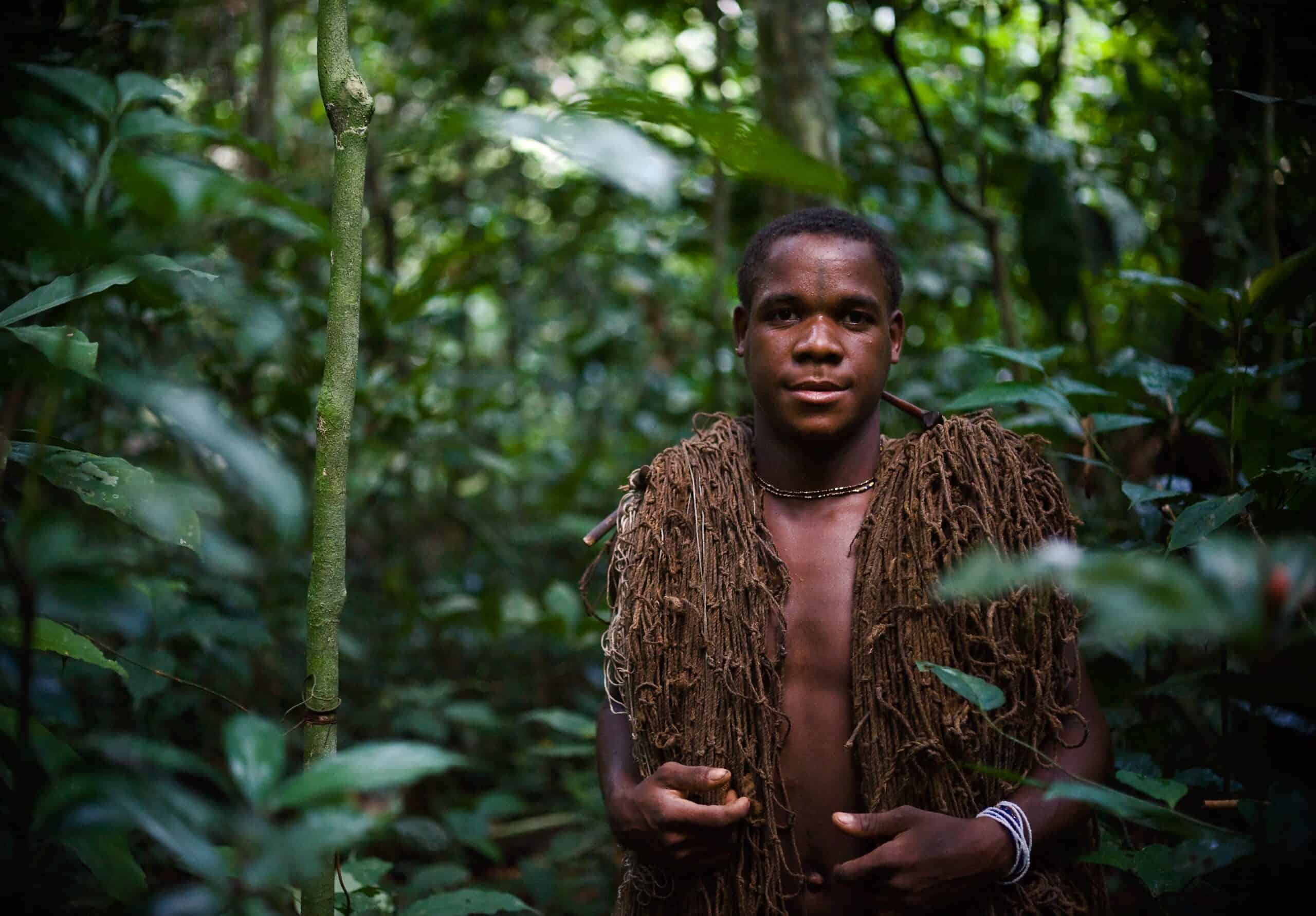
The Mbuti pygmies of the Democratic Republic of Congo live in the Ituri Forest, practicing a hunter-gatherer lifestyle. Their small stature and nomadic existence are adapted to the dense jungle environment. Logging and conflict have disrupted their traditional way of life. Efforts to protect their rights and land are ongoing. They remain one of the oldest indigenous groups in Africa.
Hadza
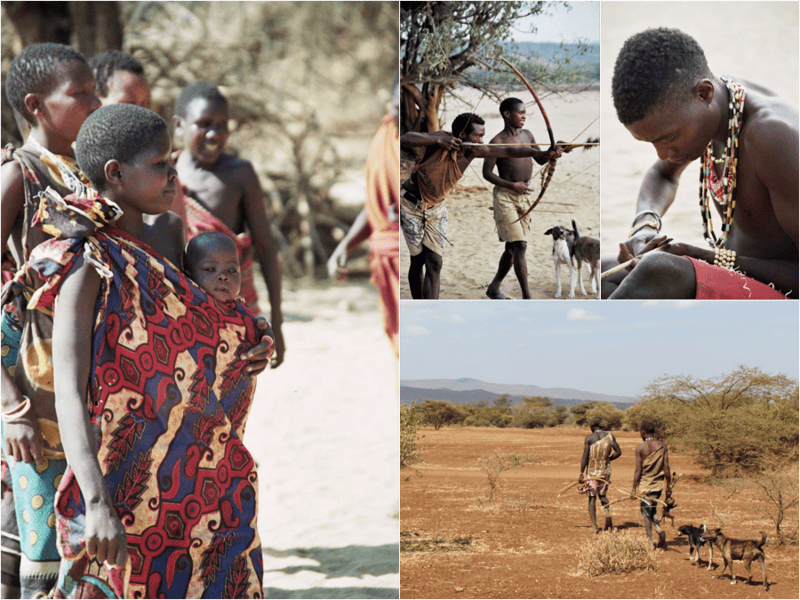
The Hadza of Tanzania are one of the last hunter-gatherer tribes in Africa. They live in the Lake Eyasi region, relying on hunting, foraging, and honey gathering. Their language and culture are unique, with little influence from neighboring groups. Encroachment from agriculture and tourism threatens their traditional territory. Conservation initiatives aim to balance their needs with environmental protection.
Tsaatan
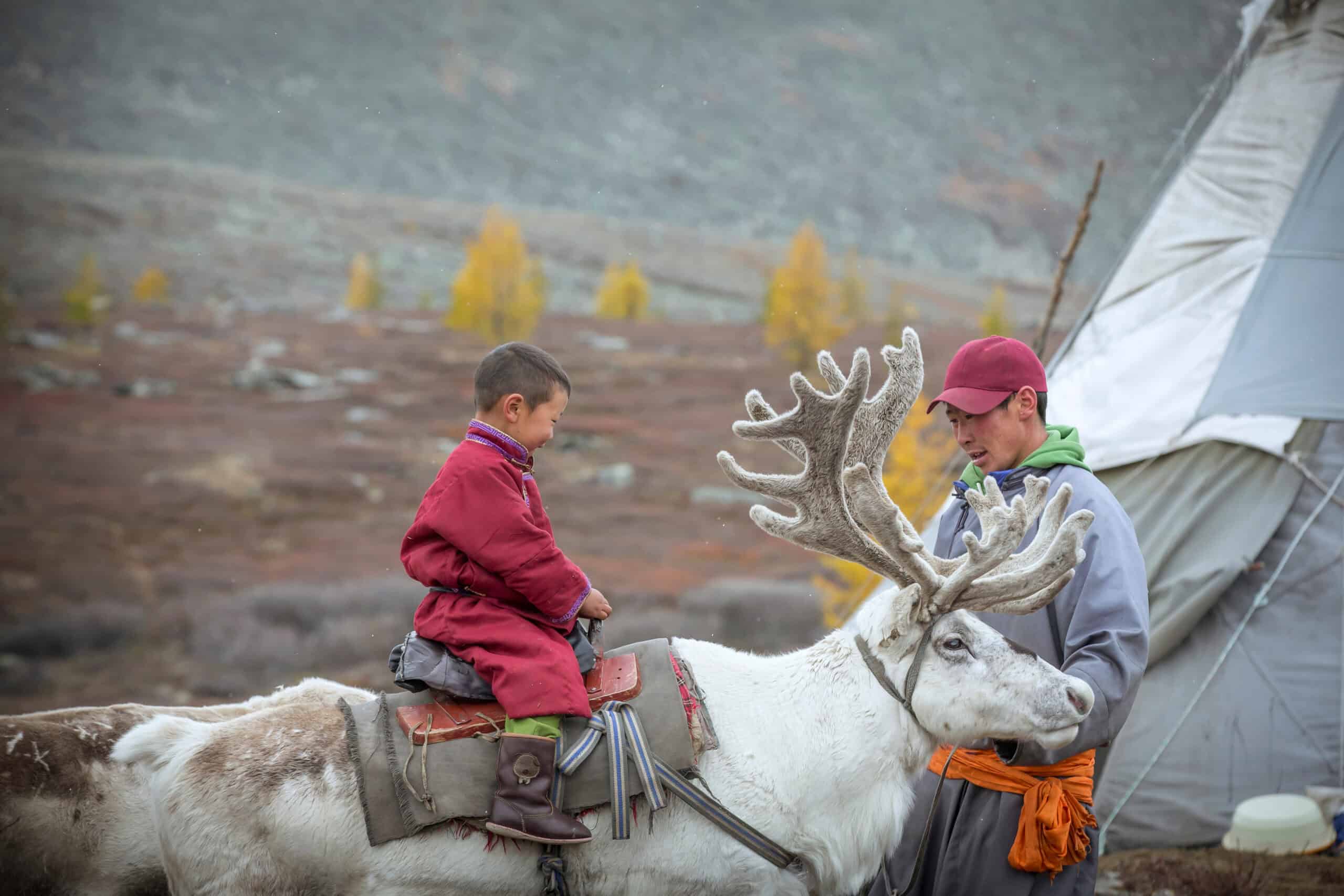
The Tsaatan people of Mongolia are reindeer herders, living in the remote taiga region. Their semi-nomadic lifestyle revolves around the care of their reindeer, which provide food, clothing, and transport. Harsh climatic conditions and modern pressures pose challenges to their way of life. Preservation of their culture and environment is crucial for their survival. They are among the last nomadic reindeer herders in the world.
Bajau
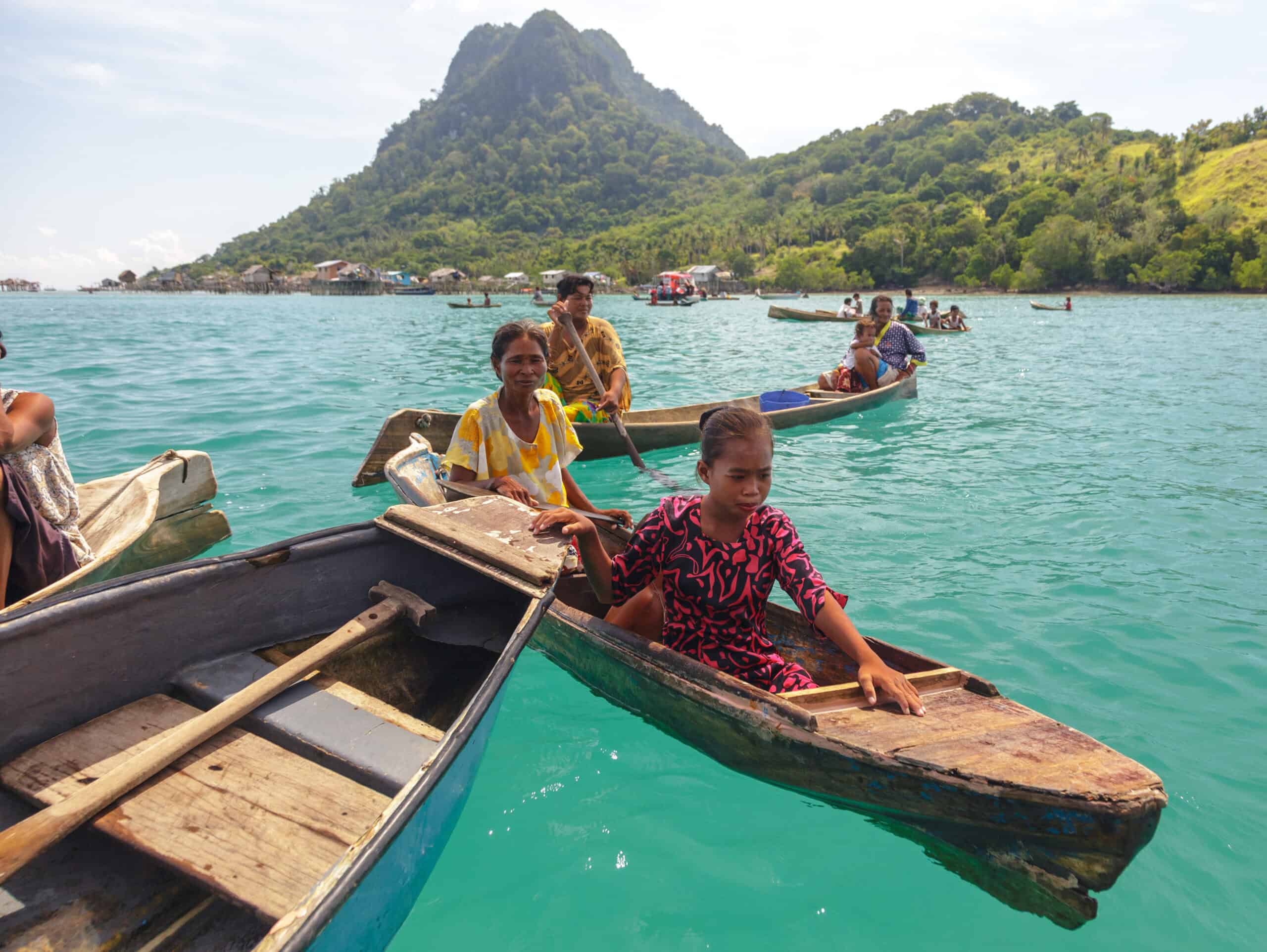
The Bajau, or “sea nomads,” inhabit the waters of Southeast Asia, particularly around the Philippines, Malaysia, and Indonesia. They spend most of their lives on boats, relying on fishing and diving for sustenance. Their ability to hold their breath for extended periods is legendary. Modernization and restrictions on fishing threaten their traditional lifestyle. Efforts to integrate them into settled communities have had mixed results.
Veddas
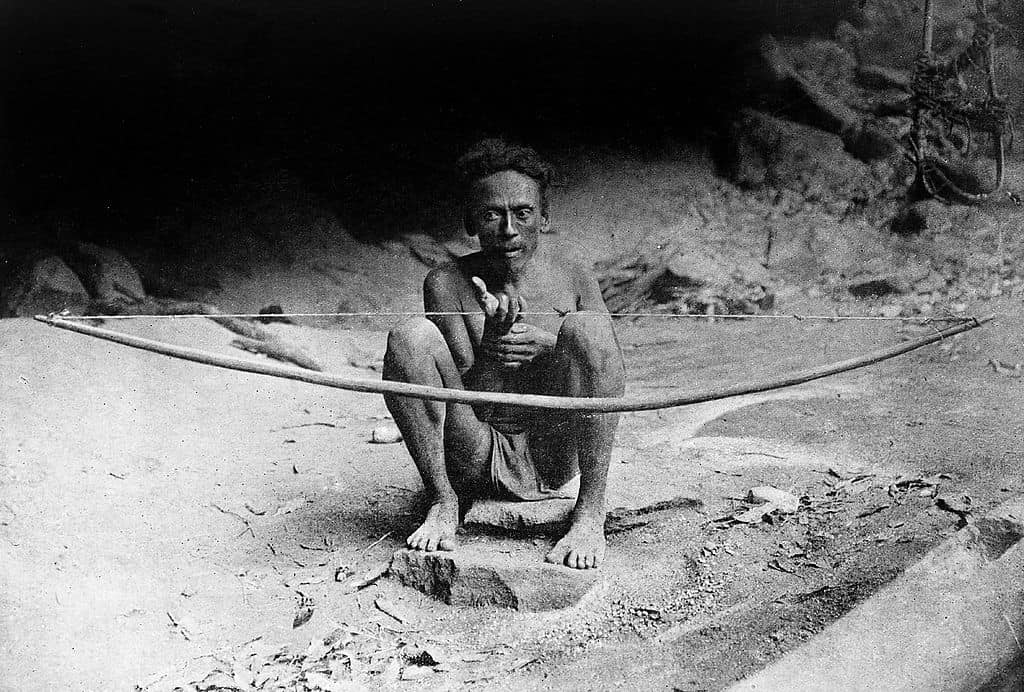
The Veddas of Sri Lanka are one of the oldest indigenous groups in the region. They live in remote forest areas, practicing hunting, gathering, and small-scale agriculture. Their distinct language and customs have survived for centuries. Encroachment and modernization threaten their traditional territories. Advocacy groups work to protect their rights and cultural heritage.
This article originally appeared on Rarest.org.
More From Rarest.Org
Bird feathers have fascinated humans for centuries. Their beauty and rarity make them highly coveted. Here are some of the most sought-after bird feathers, prized for their unique characteristics and cultural significance. Read more.
1961 Roosevelt Dime Value Guide

he 1961 Roosevelt dime is composed of 90 percent silver and 10 percent copper. The Roosevelt dime was first issued in 1946. At that time, it was made of silver and copper. This continued until 1964. The dime then became cupronickel. Read more.
Bread and pastries have been staples of the culinary world for centuries. Some of them, however, go beyond mere sustenance, becoming luxurious delicacies. Read more.

